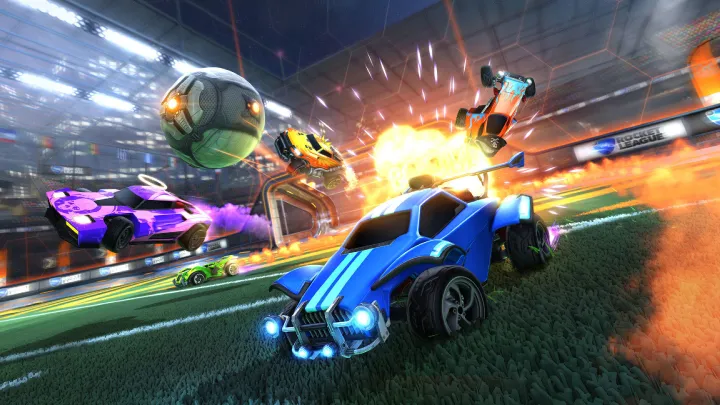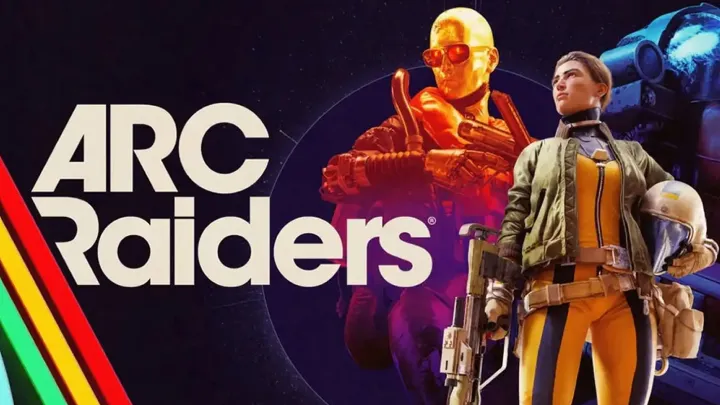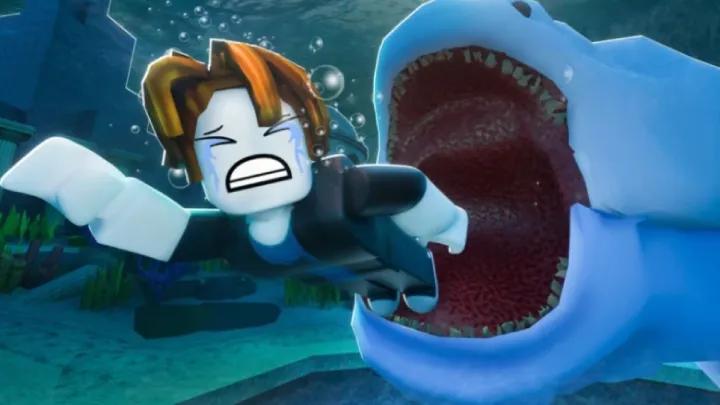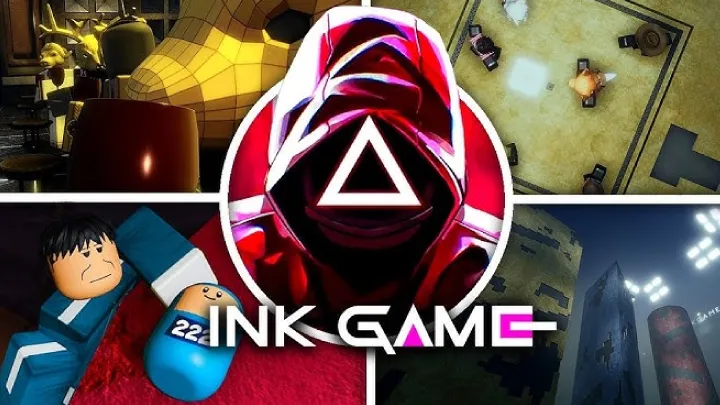Rocket League is a high energy vehicular soccer game where players control rocket powered cars to score goals and defend against opponents. Combining speed, precision, teamwork, and strategy, Rocket League challenges both reflexes and tactical thinking. Success depends on mastering driving mechanics, aerial control, boost management, and teamwork.
This guide provides a comprehensive how to approach to Rocket League, walking you through each key aspect step by step. From basic controls and car selection to advanced maneuvers, positioning, teamwork, and mental preparation, this guide is arranged in logical order to help players improve efficiently. Following these strategies will help you win matches, improve rank, and enjoy the full depth of Rocket League gameplay.
How to Get Started in Rocket League

For new players, the first step is understanding the basic controls and game rules. Rocket League combines driving, jumping, boosting, and ball control. Spend time in free play mode or tutorials to familiarize yourself with these mechanics.
Next, learn how matches are scored and the role of teamwork. Understand the importance of rotation, positioning, and covering your goal. Awareness of these basic principles lays the foundation for advanced play.
Adjust settings for comfort. Camera settings, sensitivity, and control layout can greatly affect performance. A configuration that suits your reflexes allows faster reactions and better consistency.
How to Choose the Right Car and Customize Controls
Car selection in Rocket League affects feel and play style. Each car has unique hitbox, turning radius, and aerial handling. Experiment with different cars in free play to find one that matches your control preference.
Customization also includes boost types and camera settings. Visual preferences do not impact gameplay, but a clear view of the ball and field improves performance.
Understanding your car’s physics allows better ball control, faster turns, and more precise shots. Developing familiarity with your chosen car improves consistency in both offense and defense.
How to Master Movement and Ball Control
Movement and ball control are essential. Learn to accelerate smoothly, brake effectively, and combine jumps with boosts. Good movement allows better positioning and more accurate hits.
Ball control includes dribbling, flicks, and carrying the ball on top of the car. Practicing these skills in training packs or free play builds confidence and precision.
Understanding momentum and timing ensures accurate passes and shots. Controlled movement reduces mistakes and improves efficiency during matches.
How to Manage Boost Effectively
Boost management is critical to success. Collect boost pads strategically rather than using boost excessively. Maintaining sufficient boost allows for quick rotations, saves, and aerial plays.
Reserve boost for critical moments such as offensive attacks, defensive saves, or aerial interceptions. Wasting boost can leave you vulnerable and out of position.
Track boost usage carefully and plan your movements around boost availability. Efficient boost management separates average players from advanced ones.
How to Position Yourself and Rotate with Teammates
Positioning is fundamental to team success. Avoid ball chasing and maintain proper spacing. Stay ready to defend, pass, or attack depending on the game flow.
Rotation involves alternating between offensive, neutral, and defensive roles with teammates. Good rotation ensures constant pressure while avoiding double commits.
Anticipate teammate and opponent movements. Effective rotation improves passing opportunities, reduces defensive gaps, and creates scoring chances.
How to Perform Aerial Plays and Advanced Maneuvers
Aerials allow reaching the ball in midair for passes, shots, and clears. Start with basic aerial practice, combining jumps and boost to reach height efficiently.
Advanced maneuvers include flip resets, ceiling shots, and double taps. These require precise timing, positioning, and control. Practicing in training packs develops consistency.
Mastering aerials increases scoring potential and defensive capabilities. Players who control aerial space dominate matches and apply constant pressure on opponents.
How to Defend and Make Crucial Saves

Defense is as important as offense. Learn to position between the ball and goal, anticipate shots, and react quickly to incoming attacks.
Timing saves is critical. Avoid overcommitting and maintain awareness of both ball trajectory and opponent positioning. Proper defensive rotation supports team stability.
Effective defending includes clearing the ball to safe zones, maintaining possession, and preparing for counterattacks. Good defense prevents conceding and creates opportunities for scoring.
How to Communicate and Coordinate in Team Matches
Communication improves coordination. Use quick chat options or voice chat to share intentions such as passing, rotating, or challenging the ball.
Coordinate with teammates to set up offensive plays, maintain defensive coverage, and support each other during aerial contests. Team synergy often wins matches even against individually skilled opponents.
Understanding teammate tendencies enhances prediction of movements and ball handling. Strong team communication and coordination is a hallmark of advanced play.
How to Analyze Matches and Learn from Mistakes
Post match analysis is key for improvement. Review replays to understand positioning errors, missed opportunities, and boost management mistakes.
Identify patterns in both personal and opponent behavior. Recognize situations that led to conceding goals or missed shots. Focus practice on these weak areas to improve.
Learning from mistakes, practicing specific skills, and setting improvement goals ensures continuous development and long term success in Rocket League.
How to Achieve Long Term Success and Rank Up
Long term success comes from consistent practice, adaptability, and strategic growth. Regularly practice mechanics, aerials, rotation, and boost management.
Adapt strategies based on opponent play styles and match situations. Stay flexible and avoid rigid patterns that opponents can exploit.
Maintain a positive mindset. Resilience, patience, and continuous learning allow players to climb ranks, perform consistently under pressure, and enjoy long term improvement in Rocket League.
Conclusion
Rocket League is a fast paced, strategic, and skill intensive game that rewards practice, teamwork, and adaptability. By mastering controls, car selection, movement, ball control, boost management, positioning, aerials, defending, communication, and match analysis, players can consistently perform at high levels. Following this guide enables improvement, higher rankings, and enjoyable gameplay in every match.
Summary
Complete how to guide for Rocket League covering controls, car choice, movement, boost, rotation, aerials, defense, communication, analysis, and long term success.

















